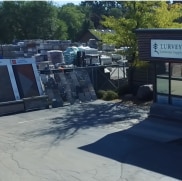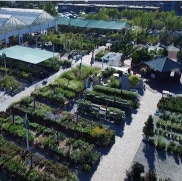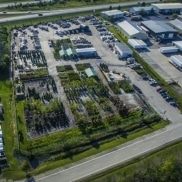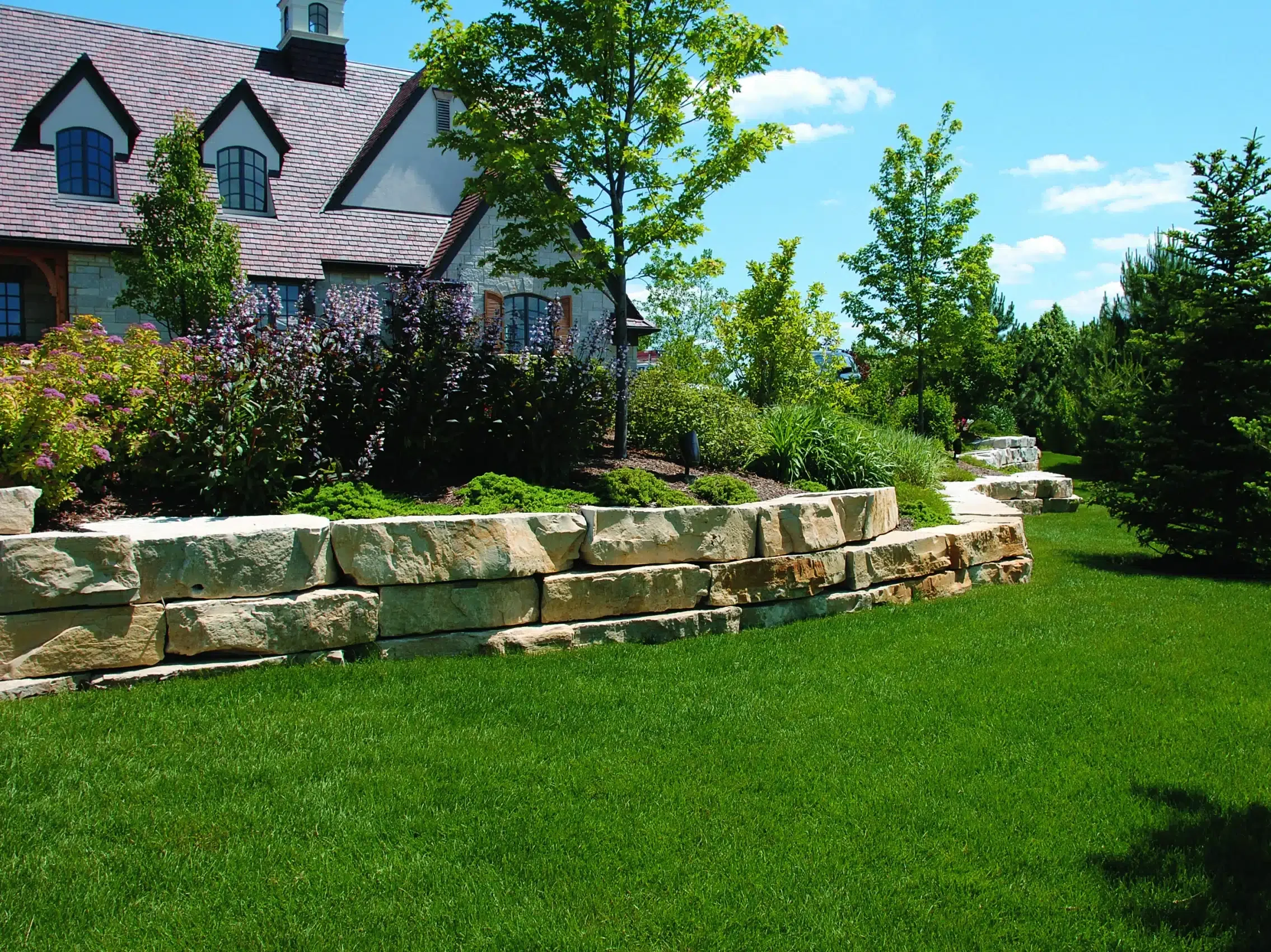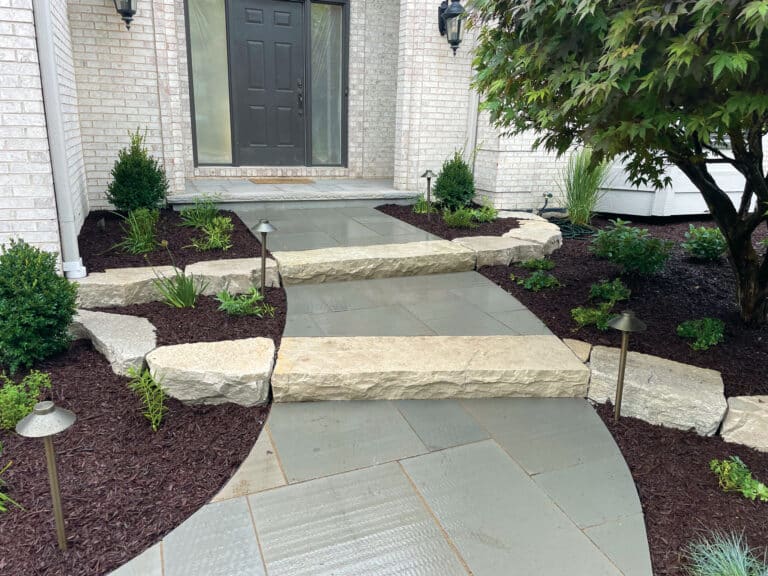Natural stone outcropping is one of the most striking and versatile ways to elevate your outdoor space. Whether you’re looking to define a sloped area, build a natural-looking retaining wall, or simply add a bold, organic accent to your landscape, these large, rugged stones bring beauty and function together in one unforgettable feature. Homeowners love outcropping for its timeless appearance, durability, and low-maintenance appeal—plus, it instantly adds value and character to your yard. At Lurvey, we’re here to help you select and plan the right materials so your project feels natural, lasts for years, and looks incredible from day one.
Why Choose Natural Stone Outcropping?
When it comes to creating a landscape that feels grounded, natural, and enduring, few materials rival the beauty and functionality of natural stone outcropping. These large, rugged stones are more than just eye-catching—they offer a timeless aesthetic that connects your outdoor space to the surrounding environment. Ideal for everything from retaining slopes to building garden walls or decorative focal points, natural stone outcropping is a smart, low-maintenance choice that blends design with durability. Whether you’re looking to control erosion, add structure, or simply enhance your curb appeal, there are plenty of reasons to consider going with the real thing.
1. Timeless Aesthetic Appeal:
Natural stone offers a rugged, organic look that blends seamlessly with outdoor environments. It creates an authentic, earthy feel that manufactured materials simply can’t replicate.
2. Durability and Longevity:
Natural stone is exceptionally durable, withstanding harsh weather conditions, erosion, and heavy loads. This makes it a long-term solution for retaining walls, steps, or decorative elements.
3. Low Maintenance:
Once installed, natural stone requires little upkeep. Its resistance to weathering ensures it maintains its beauty without frequent repairs or replacements.
4. Erosion Control:
Outcropping stones are ideal for stabilizing slopes and preventing soil erosion, especially in areas with heavy rainfall or uneven terrain.
5. Design Versatility:
From large focal points to functional retaining walls, natural stone outcropping serves multiple purposes. It can be used as steps, edging, garden accents, or even as seating.
6. Increases Property Value:
The addition of natural stone features enhances curb appeal and adds resale value to a property.
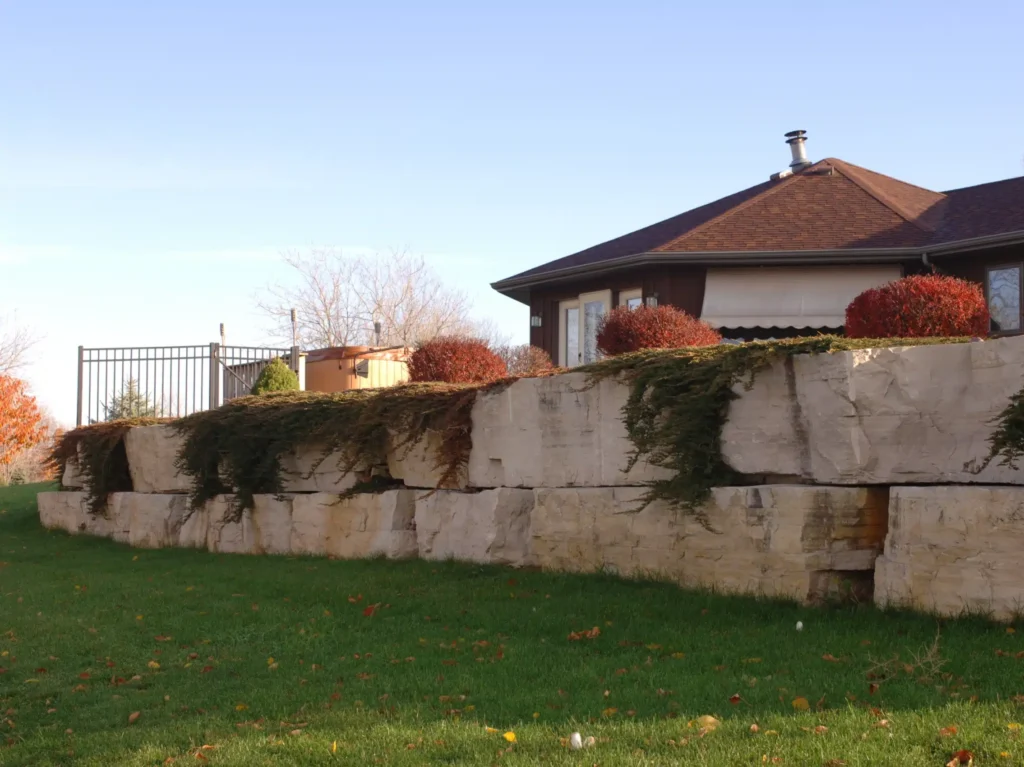
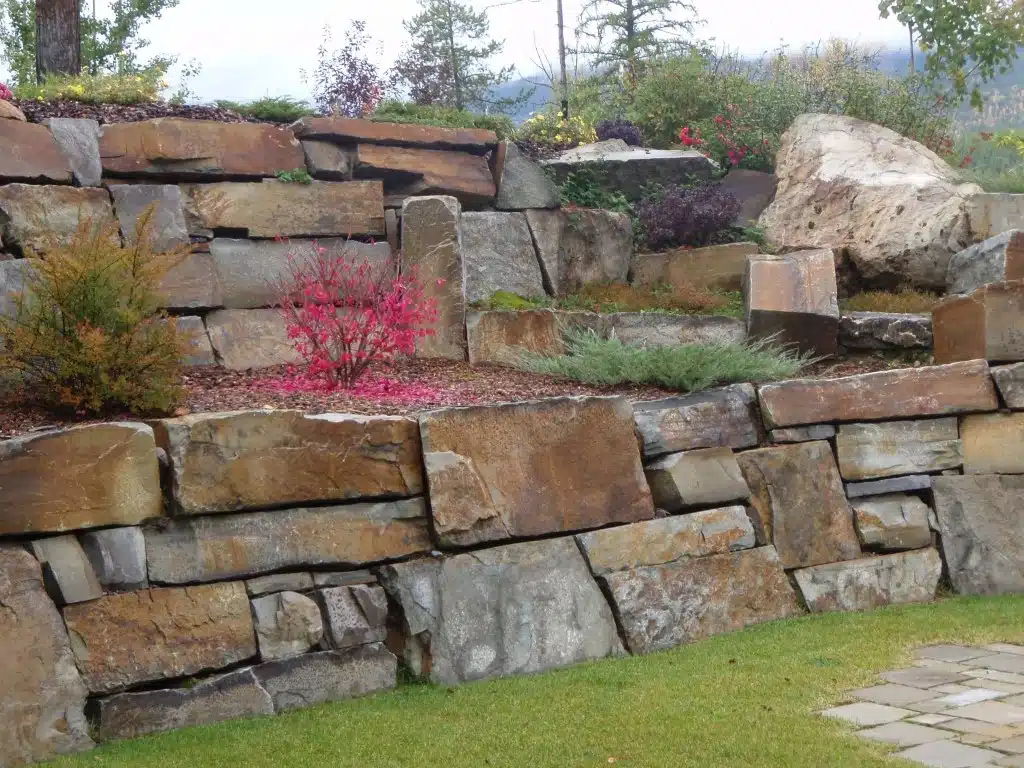

How to Determine the Quantity of Stone Needed
Planning a project with outcropping stone? Whether you’re envisioning a natural-looking retaining wall, stone steps, or decorative accents throughout your landscape, getting the quantity right is key to a smooth and successful installation. Ordering too little stone can bring your project to a halt, while overestimating can mean unnecessary cost and leftover material. The good news? With a little planning and a few simple measurements, you can confidently calculate just what you need. In this section, we’ll walk you through how to estimate outcropping stone accurately, plus share some expert tips to help you choose the right type, size, and look for your space.
1. Understand the Project Scope:
Begin by reviewing the project. Are you building a retaining wall, creating steps, or using the stone for decorative purposes? Knowing the intended use for the material will help guide your project needs for stone size and quantity.
2. Measure the Project Area:
For Retaining Walls or Borders:
Measure the length, height, and width of the desired structure. Multiply these dimensions to calculate the total cubic feet required.
Example: For a 20-foot-long wall that’s 3 feet high and 2 feet wide, you’ll need 120 cubic feet of stone.
For Natural Features or Accents:
Estimate based on the desired coverage area and visual density. For larger accent stones, consider weight rather than volume.
3. Convert to Weight:
Outcropping is sold by weight. Use the stone’s density to convert cubic feet into tons. For example:
- Limestone or Sandstone: 150 pounds per cubic foot.
- Granite: 175 pounds per cubic foot.
- Divide the total weight by 2,000 to determine tons.
Example: 120 cubic feet of limestone = 120 × 150 = 18,000 lbs ÷ 2,000 = 9 tons.
4. Factor in Waste:
Add a 10–15% buffer to account for cutting, breakage, and design adjustments.
5. Think Through Your Project:
Confirm your preferences for stone size and shape. Outcropping stones come in a variety of sizes, so those choices will impact the overall weight and quantity of material needed.
Tips for Selecting Stone
- Match the Stone to the Site:
Select stones that complement the existing landscape and architectural style. - The Power of Complementary Materials:
Explore other products like gravel, smaller decorative stones, or mulch to pair with outcropping stones for a cohesive look. - Be Aware of Unique Installation Needs:
Plan for proper equipment to move and install these heavy pieces. Larger stones may require machinery for transport and placement.
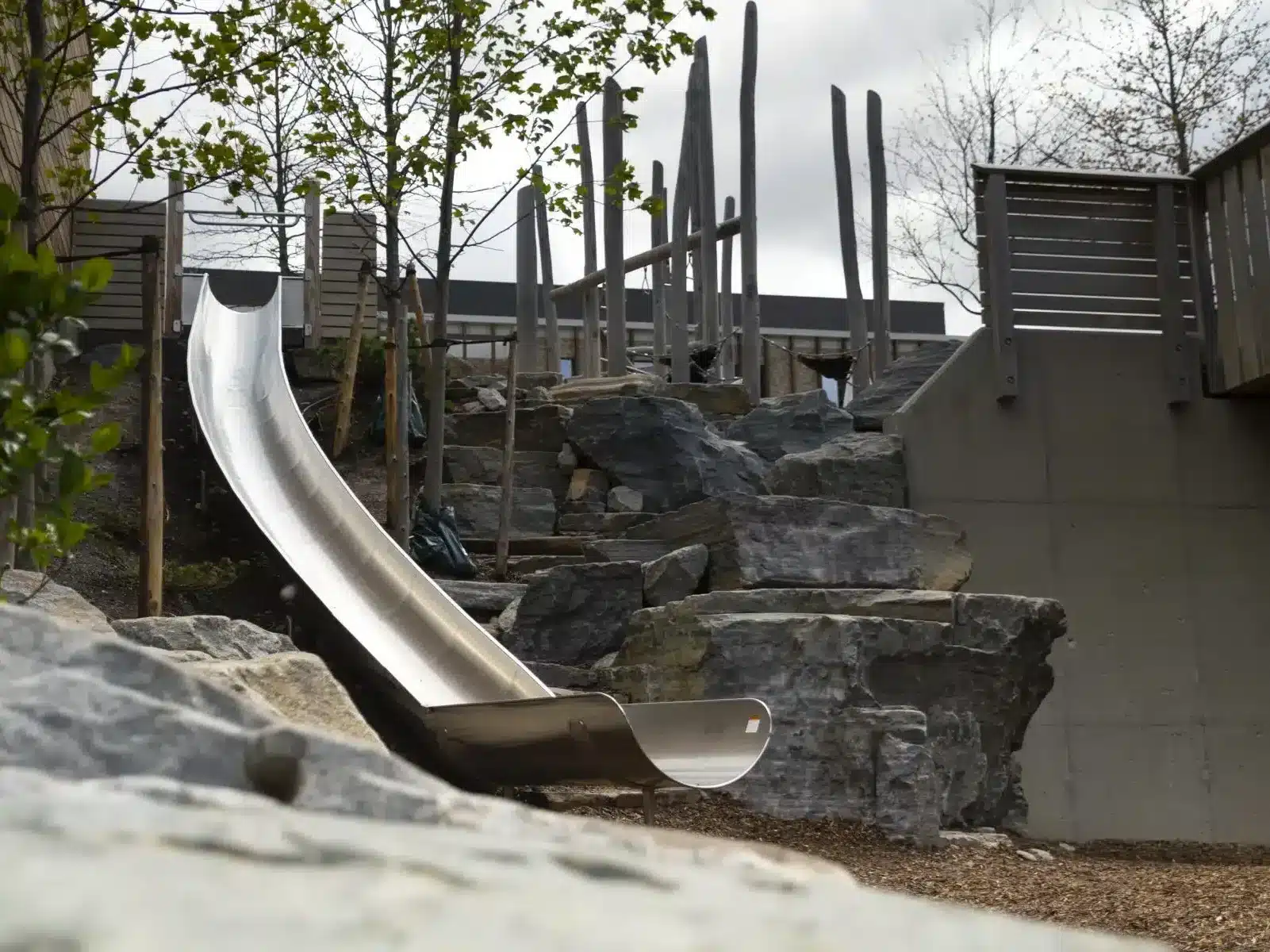

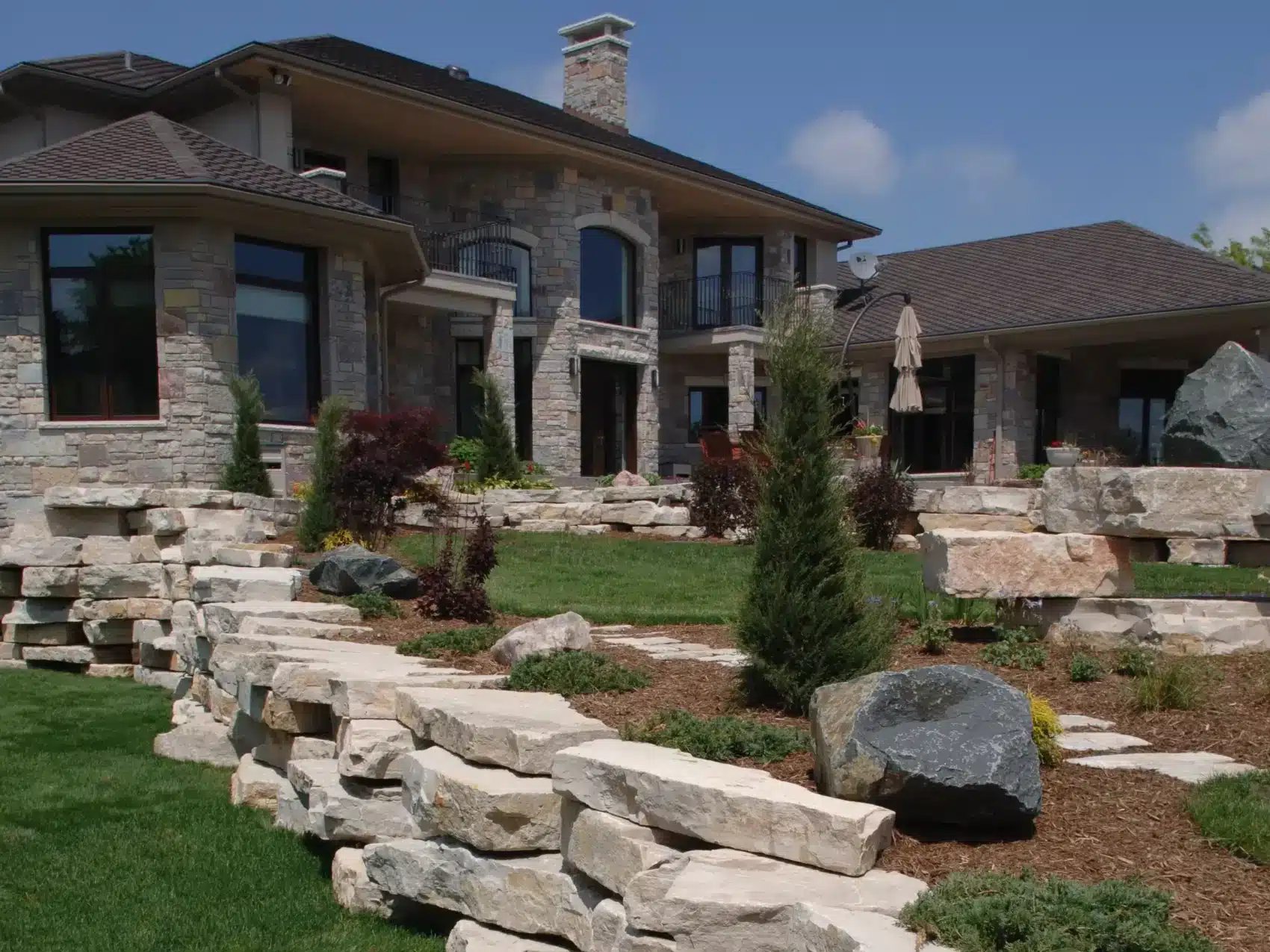
As leaders in the landscape supply industry, our stone specialists’ expertise in the benefits and logistics of things like natural stone outcropping can make all the difference for our customers. By leveraging its beauty, functionality, and longevity, and by accurately determining their material needs, you position yourself as a trusted resource. Not only does this drive sales, but it also fosters long-term relationships with contractors and homeowners alike.

